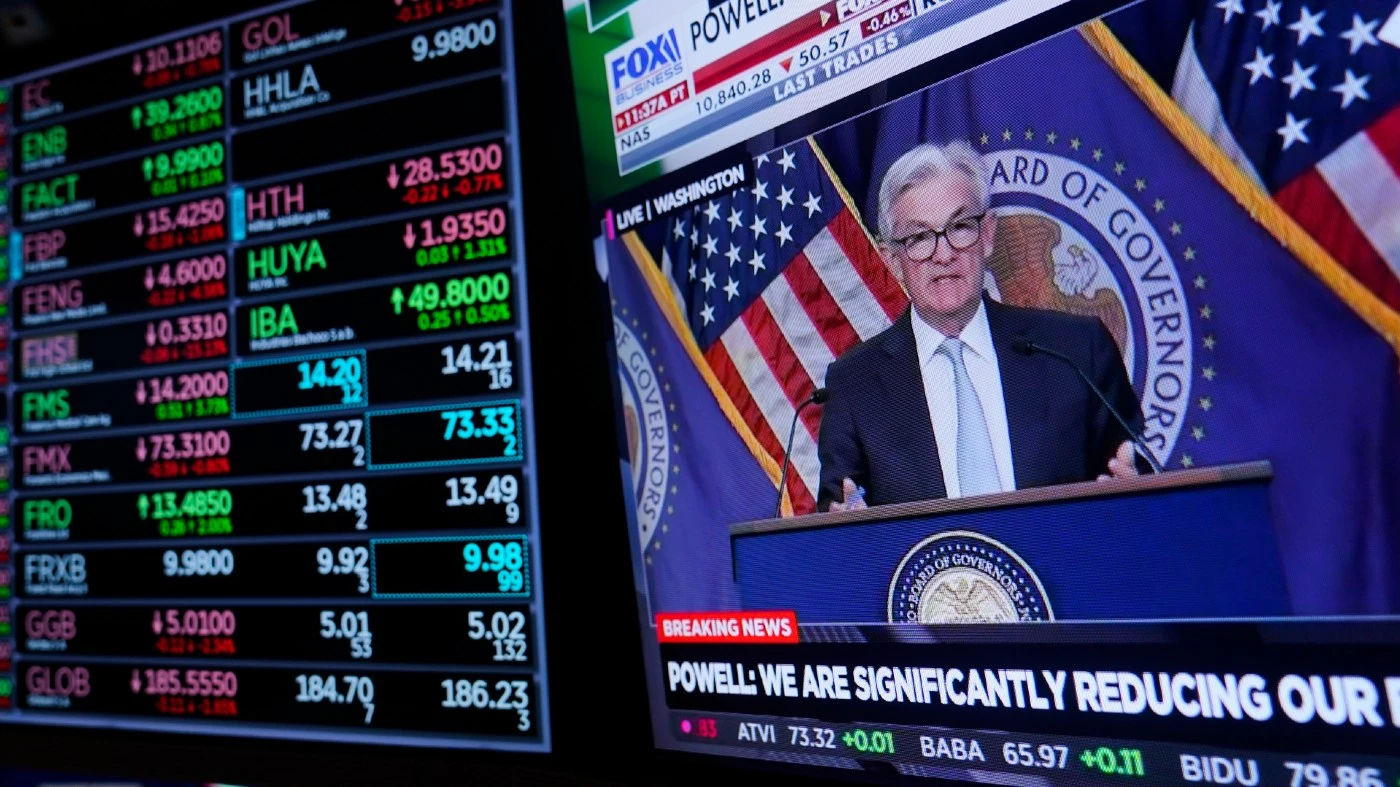Since 2008, due to the combination of near-zero interest rates and inflation, savers at banks and credit unions have watched the real value of their savings erode at the rate of about 2 percent a year, 26 percent over the last 13 years, per my calculations.
Now, amidst the fog of war on inflation, there appears a ray of hope: Interest rates on Treasurys and some brokered CDs are now in the range of 4 percent, higher than they have been in 13 years.
But while it feels good to be able to earn more than nothing, the fact is that savers are worse off today. Now, with inflation around 7 percent, savers are watching their accounts’ purchasing power shrink at 3-4 percent a year or more. The aggregate losses in the real value of the accounts of millions of savers over the last 13 years have been in the trillions and are mounting, yet this phenomenon so far has received little media coverage.
Many savers, having managed to put aside money for retirement, a child’s education, a medical emergency, or for the down payment on a new home, have been reluctant to put their savings at risk in the stock market or other speculative investments. They have kept their money in savings accounts and CDs at federally insured banks and credit unions or in Treasury securities.
Massive losses in the real value of savings over the last 13 years amount to a silent tax imposed on savers to fund the economic recovery, which in the process produced historic increases in wealth for leveraged investors.
Is anyone in government watching out for savers or even discussing their plight? The Consumer Financial Protection Bureau, created after the 2008 collapse to protect the financial interests of consumers, has focused its attention almost exclusively on protecting borrowers. The idea that savers might need a voice at the public policy table seems not to have occurred to anyone. It would appear there is more concern about losses experienced by speculators in cryptocurrencies than about the losses incurred by millions of ordinary, middle-class savers as a result of inflation and zero interest rate policies.
Are savers just collateral damage whose more than decade-long sacrifices are necessary to effect monetary policy? Can nothing be done about this? Are there policies that might be explored to redress the harm that savers are experiencing? Here are some options that might be considered.
Congress might make Treasury Series I Savings Bonds, which are inflation-protected, available to individual investors without any cap on the amount they can buy. These savings bonds, paying over 9 percent interest, currently are capped at $10,000 per year per individual and are only available through the Treasury’s website which is hard to navigate and sometimes crashes. These bonds could be made easily available through any insured depository institution or registered broker dealer.
Inflation and low interest rates are gutting America’s
savings accounts




